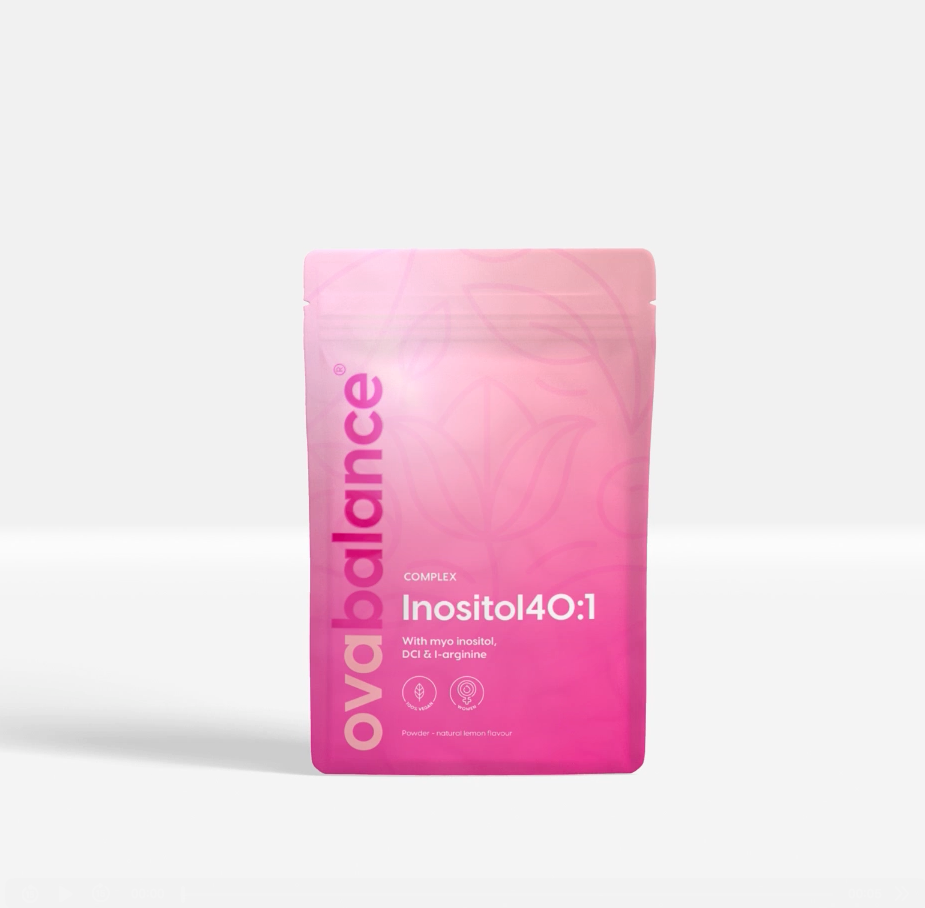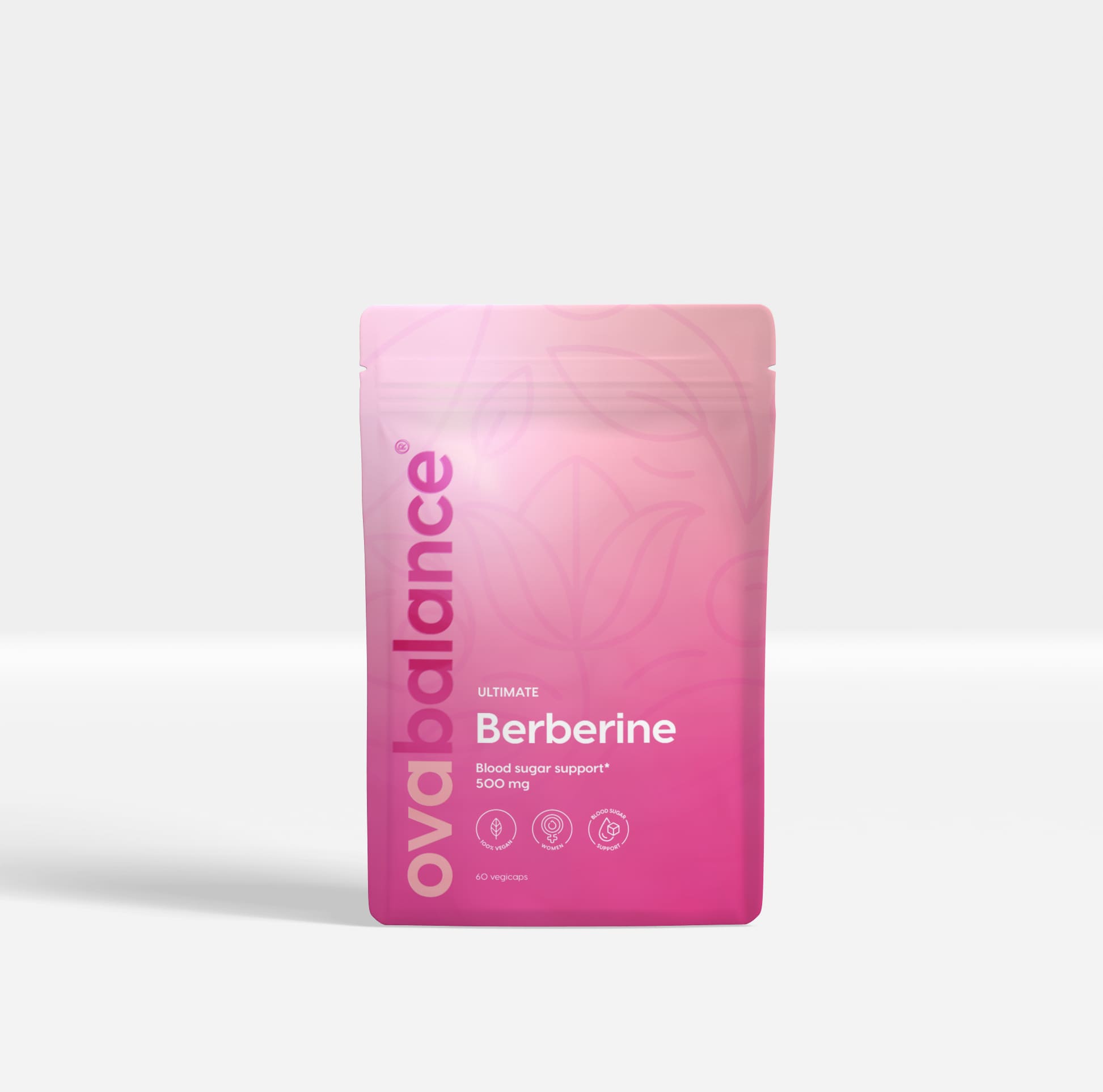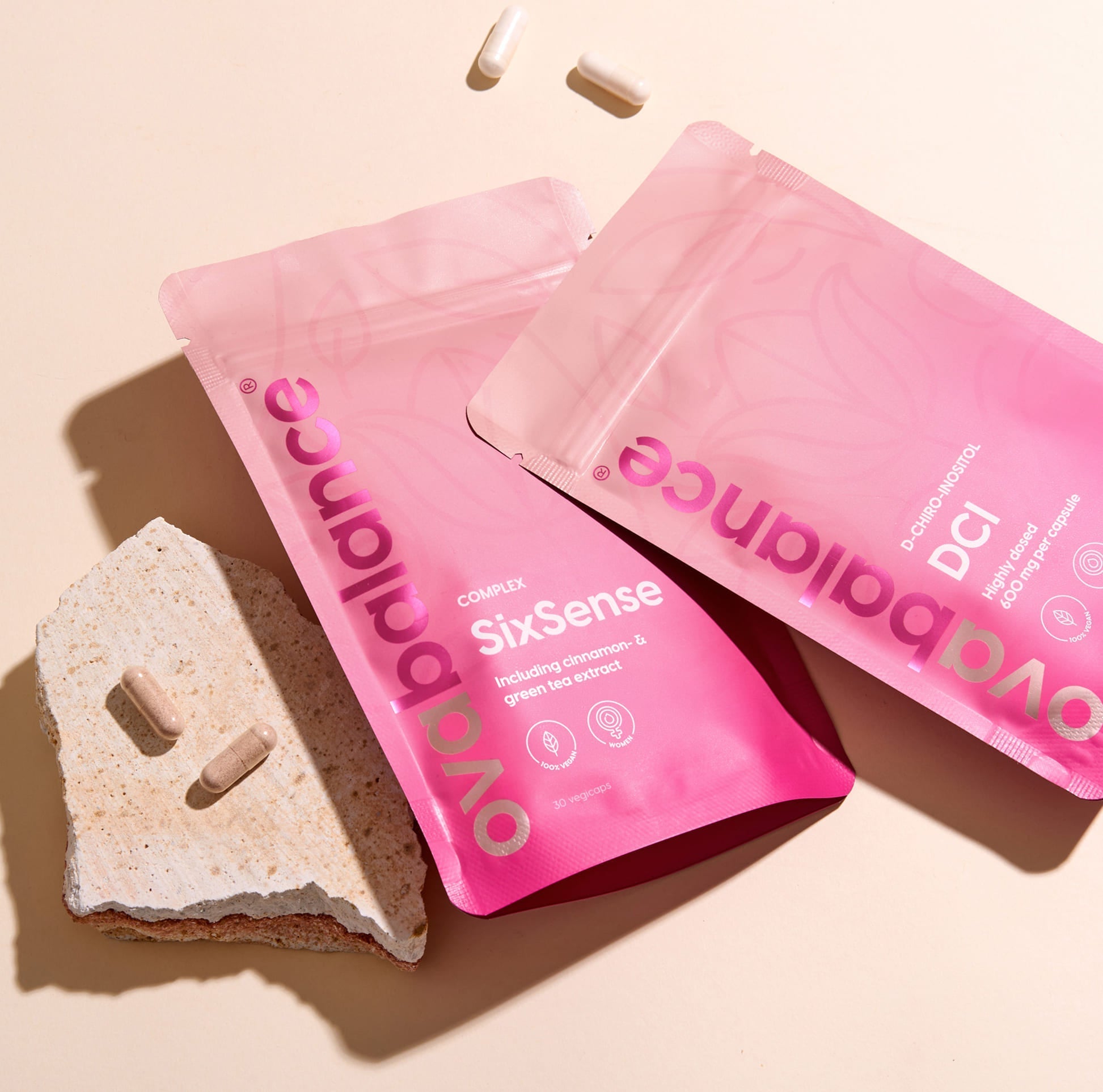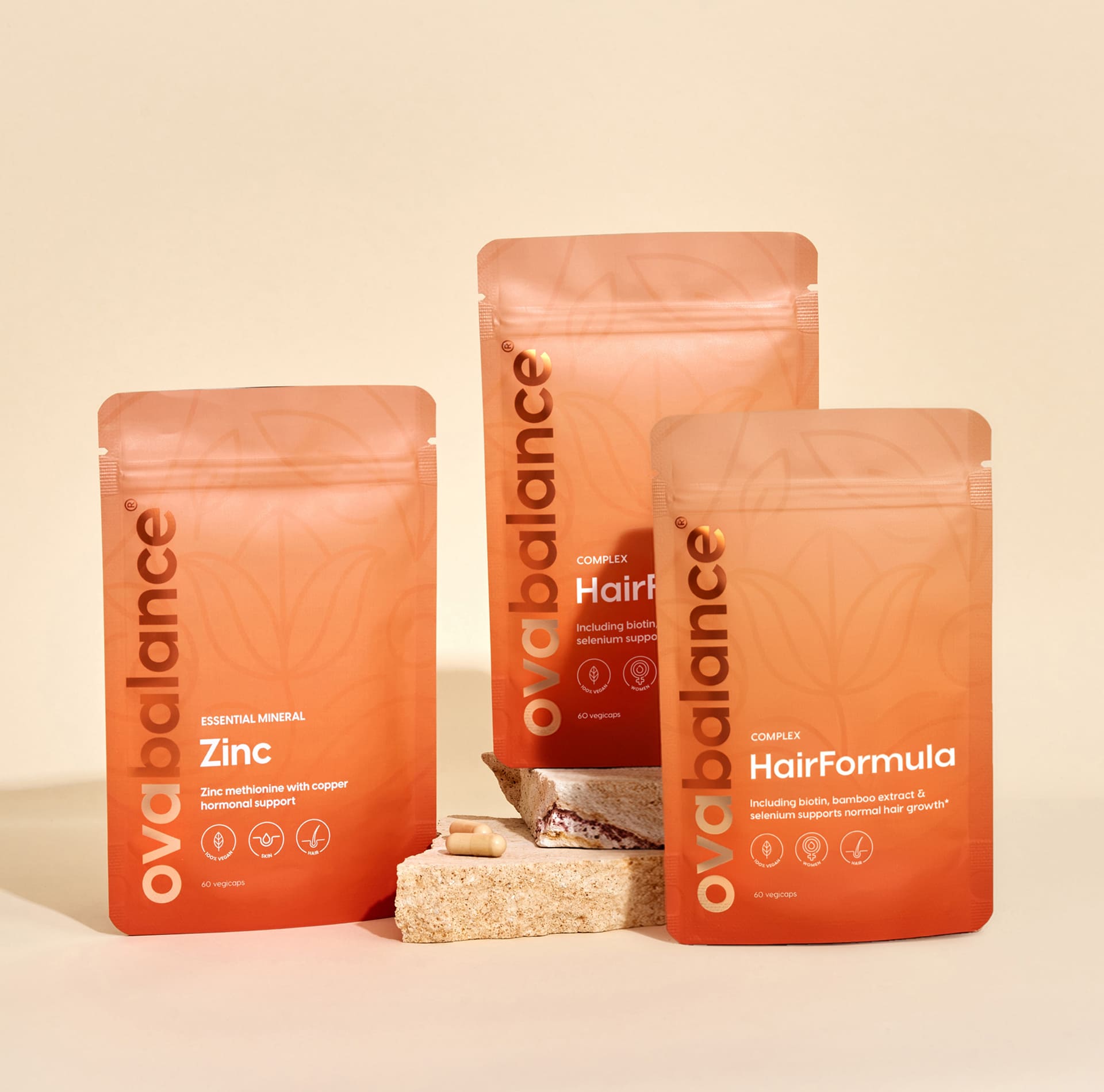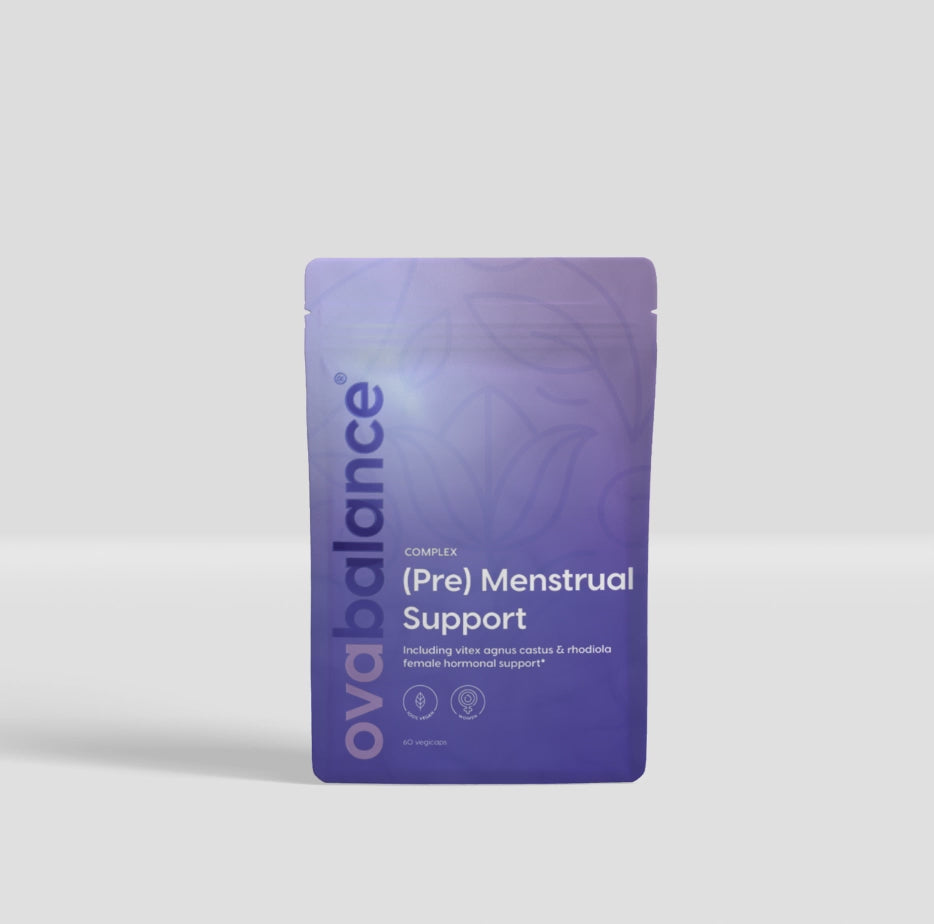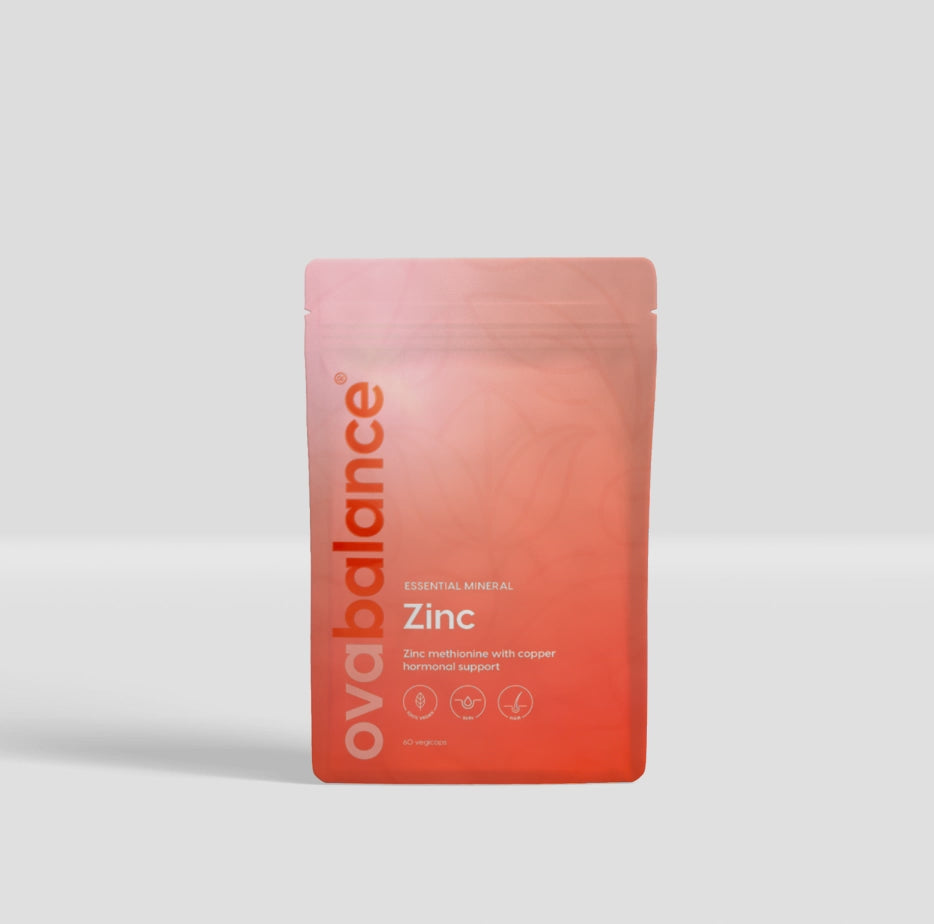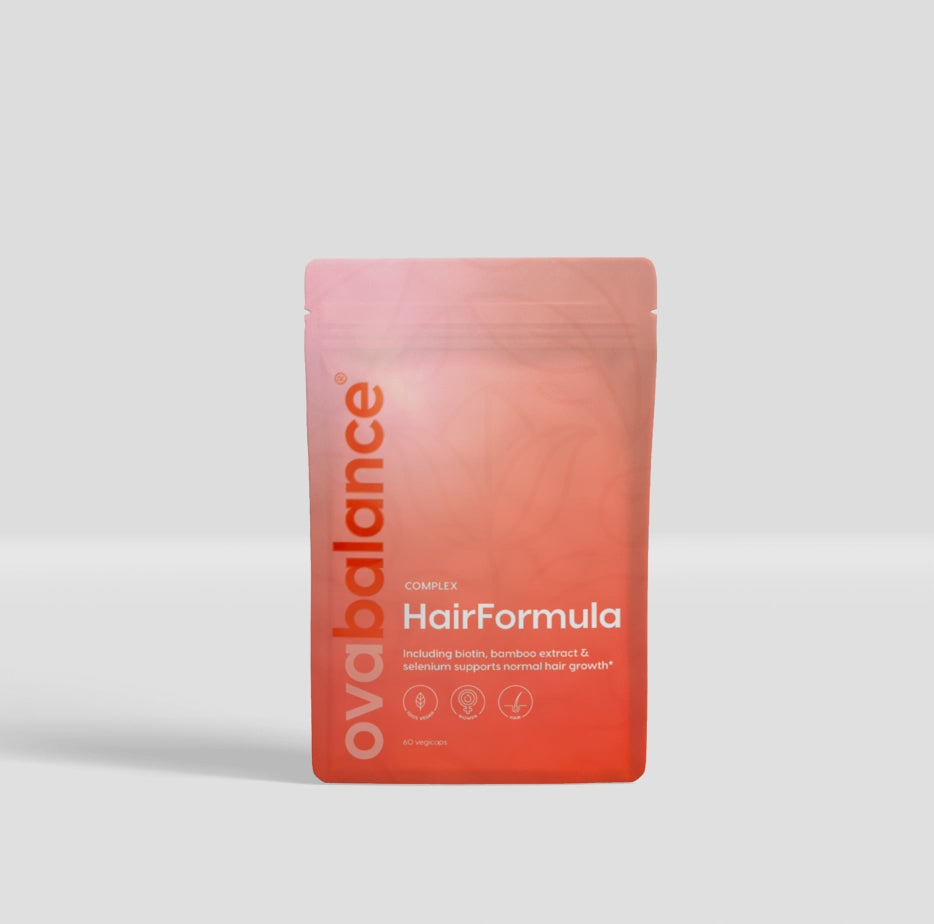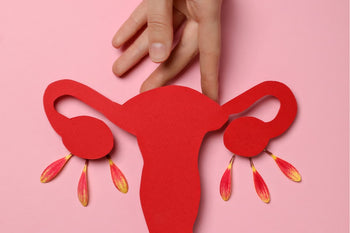

Let's be honest: when a Rapunzel look-a-like walks by, we all secretly look around. A full head of hair on the head is something many women dream of.
However, having a full head of hair is not all roses and moonshine. A lot of hair on the head sometimes also means more hair on the body. The other way around, however, works less often: less hair on the head does not necessarily mean less hair on the body. In addition to thin hair, excessive hair growth and hair loss, many women also struggle with ingrown hairs, for example after shaving.
Time to break the taboo and discuss the different hair problems.
Contents
Excessive hair
Hair on your upper lip, chin, stomach or chest: most women experience this as annoying excess hair, become insecure about it and sometimes feel ashamed of it. Despite the fact that it is rarely talked about, many women struggle with excess hair. There is even a medical term for it: hirsutism or idiopathic hirsutism.
Excessive hair can have a significant impact on your life. The tricky thing about this condition is that it often has a hormonal cause, which means lasering your hair away is of little use.
Does this mean that you should just accept the excess hair? Definitely not! There are several ways to support your hormonal balance, which benefits normal hair growth.
Hormonal imbalance and excess hair
Hormonal imbalance can have various causes. It can be related to inflammation in the body that results from poor intestinal function or an intolerance to a certain food.
Stress can also have a major effect on your hormones. This can be psychological stress, for example due to high work pressure, but physical stress can also be the culprit. Finally, insulin resistance is also a common cause of hormonal imbalance, possibly resulting in excess hair.
Time to review your diet, schedule moments for relaxation and try to get your insulin levels under control.D-Chiro-Inositol can be a good support for the latter.
Hair removal is a daily routine for some women. Especially in the summer months, we are very busy with it. Unfortunately, this also involves the discomfort of ingrown hairs. Anyone who removes hair knows how uncomfortable and painful this can be.
An ingrown hair occurs when you remove a hair, your skin is then under slight tension. When epilating, your hairs are pulled apart, which creates a sharp point at the end of the hair. This point can pierce the wall of the hair follicle, blocking the exit of the hair follicle. Because the hair can no longer get out, it will look for a way under the skin surface to grow anyway.
Ingrown hair
Ingrown hairs in armpit, pubic area or legs
An ingrown hair occurs mainly in places where the hair is thicker, such as in the pubic area, armpits and on the legs. Many women therefore wonder what to do about ingrown hairs on legs?
In principle, you can treat ingrown hairs on legs the same as ingrown hairs elsewhere. The fact that prevention is better than cure also applies to ingrown hairs.
What to do to prevent an ingrown hair?
Make sure you use a clean and sharp razor. An old, dull blade will pull your hair instead of cutting it, and a dirty blade is more likely to cause inflammation.
Shave with the grain. Against the grain is tempting because it gives a smooth result. However, it is better to shave with the grain. It reduces the chance of infections under the skin
Limit skin products with unnatural and irritating substances. Choose a natural shaving soap . Have you ever used a soap bar? This bar of soap is completely free of harmful substances that can irritate the skin and also lasts many times longer than a can of shaving gel.
A nice scrub with coarse grains against ingrown hairs also helps. So take the time to scrub your skin before shaving. If you do not scrub your skin regularly, the chance of dead skin cells is greater. These dead skin cells block the pore openings through which the hairs have to grow out. Result: an ingrown hair.
So scrub your skin about 1 to 2 times a week. And it is also a nice self-care moment to start or end your day.
Still discovered an ingrown hair? Don't worry. They usually disappear within two weeks.
If this does not happen or if you suffer from a major inflammation? Although it can be tempting to squeeze the lump, it is best to leave it alone. This will prevent skin damage and scarring. Call a beautician or family doctor, but never touch it yourself.
Hair loss
Every woman (and man) loses hair. Everyone loses about 50 to 100 hairs per day. Because these also grow back, you will hardly notice this, apart from hairs in your shower drain. When there is excessive hair loss, there can be several underlying causes.
Stress (there it is again), crash diets, heredity, hormonal imbalance but also after pregnancy hair loss is common. The latter is especially noticeable because your hair often becomes fuller during pregnancy.
Fortunately, there is no need to panic. There are several ways to support your healthy hair growth.
You can read more about hair loss in the article "5 tips against hair loss (in women)".

